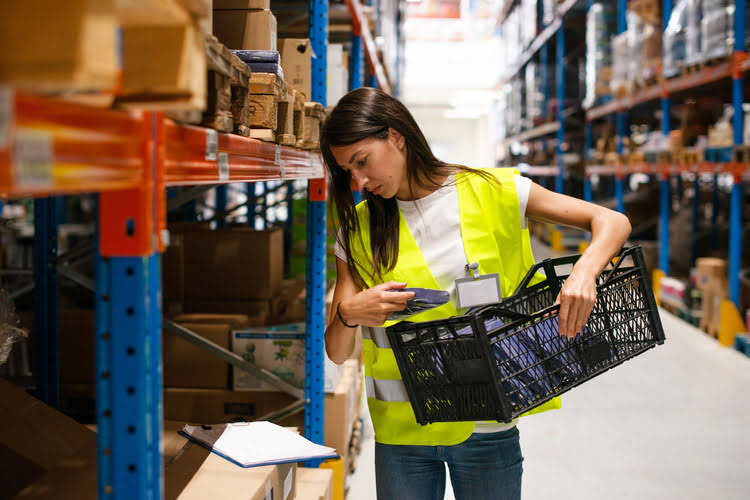
All 80 of these shirts would have been from the first 100 lot that was purchased under the FIFO method. To calculate your ending inventory you would factor in 20 shirts at the $5 cost and 50 shirts at the $6 price. So the ending inventory would be 70 shirts with a value of $400 ($100 + $300). For some companies, there are benefits to using the LIFO method for inventory costing. For example, those companies that sell goods that frequently increase in price might use LIFO to achieve a reduction in taxes owed.
The FIFO Method for Cost of Goods Sold
- When you send us a lot item, it will not be sold with other non-lot items, or other lots of the same SKU.
- For example, if 100 units were purchased for $10 each, then the first sale of 10 units would reduce COGS by $100 (10 x $10) and reduce inventory assets by $100.
- By providing lower COGS and higher ending inventory valuations, FIFO can increase apparent profitability, especially in times of rising prices.
- This will provide a more accurate analysis of how much money you’re really making with each product sold out of your inventory.
- This is a more practical and efficient approach to the accounting for inventory which is why it is the most common approach adopted.
On 2 January, Bill launched his web store and sold 4 toasters on the very first day. Finding the value of ending inventory using the FIFO method can be tricky unless you familiarize yourself with the right process. On 31st December 2016, 600 units are on hand according to physical count.
How to calculate FIFO

Spreadsheets and accounting software are limited in functionality and result in wasted administrative time when tracking and managing your inventory costs. For companies in sectors such as the food industry, where goods are at risk of expiring or being made obsolete, FIFO is a useful strategy for managing inventory in a manner that reduces that risk. In inventory management, the FIFO approach requires that you sell older stock or use older raw materials before selling or using newer goods and materials.

How to use FIFO for ending inventory calculation?
The cost of the ending inventory asset, then, is $106, which is the cost of the most recent acquisition. During the CCC, accountants increase the inventory value (during production), and then, when the company sells its products, they reduce the inventory value and increase the COGS value. This article will cover what the FIFO valuation method is and how to calculate the ending inventory and COGS using FIFO.
- To ensure accurate inventory records, one of the most common methods is FIFO (first-in, first-out), which assumes the oldest inventory was sold first and the value is calculated accordingly.
- For some companies, there are benefits to using the LIFO method for inventory costing.
- The costs paid for those oldest products are the ones used in the calculation.
- First In, First Out (FIFO) is a concept used by businesses that track inventory.
- FIFO helps businesses to ensure accurate inventory records and the correct attribution of value for the cost of goods sold (COGS) in order to accurately pay their fair share of income taxes.
Here is an example of a small business using the FIFO and LIFO methods. Here are answers to the most common questions about the FIFO inventory method. For brands looking to store inventory and fulfill orders within their own warehouses, ShipBob’s warehouse management system (WMS) can provide better visibility and organization. With this level of visibility, fifo method formula you can optimize inventory levels to keep carrying costs at a minimum while avoiding stockouts. Following the FIFO logic, ShipBob is able to identify shelves that contain items with an expiration date first and always ship the nearest expiring lot date first. Compared to LIFO, FIFO is considered to be the more transparent and accurate method.
Using specific inventory tracing, a business will note and record the value of every item in their inventory. Inventory value is then calculated by adding together the unique prices of every inventory unit. Businesses that use the FIFO method will record the original COGS https://www.bookstime.com/ in their income statement. With LIFO, it’s the most recent inventory costs that are recorded first. Consult an accounting professional to ensure the transition is handled properly. FIFO better reflects actual inventory flows and enables more accurate financial reporting.